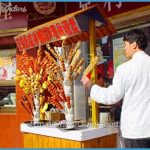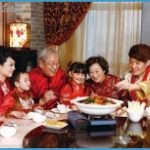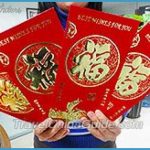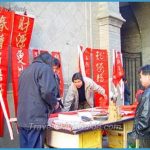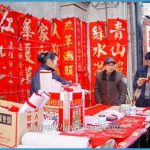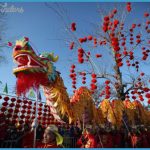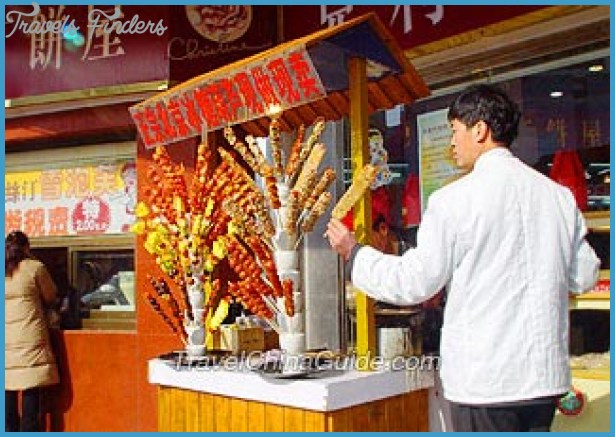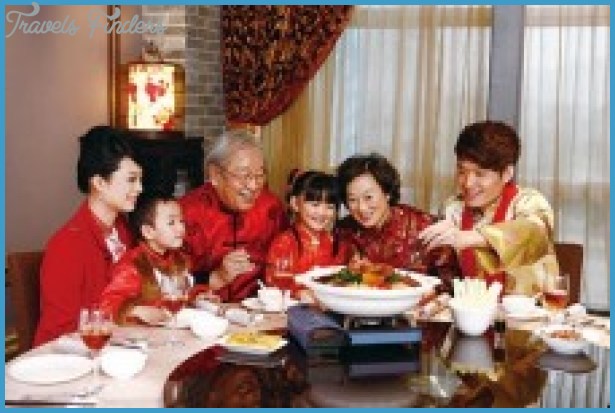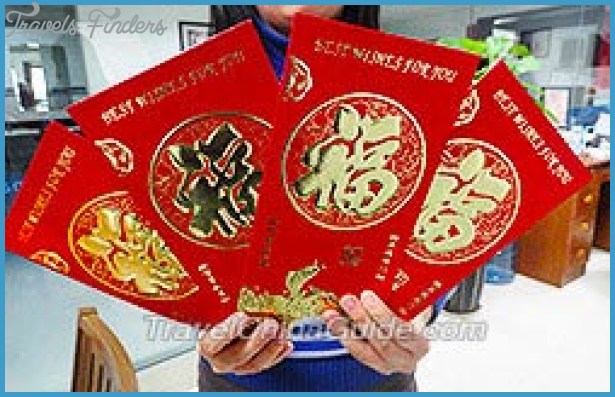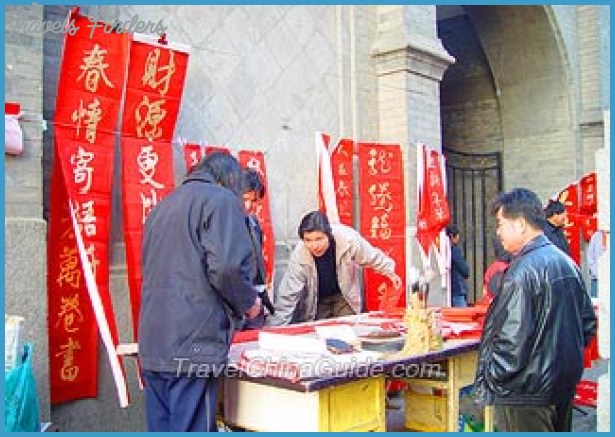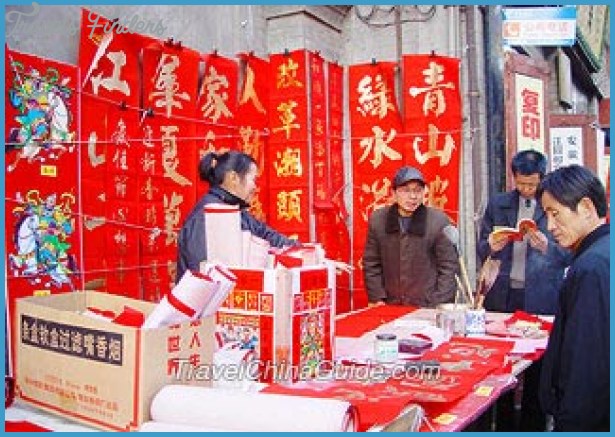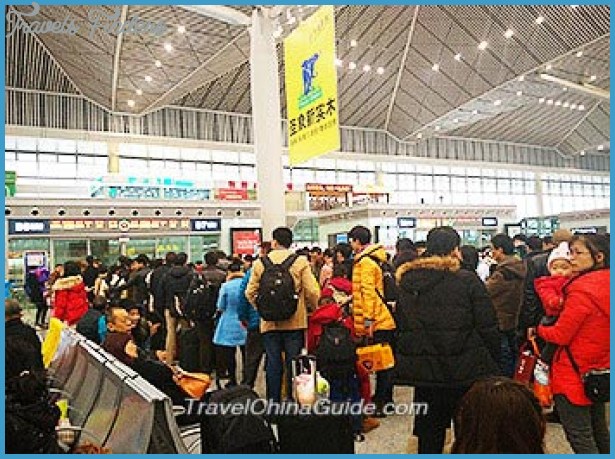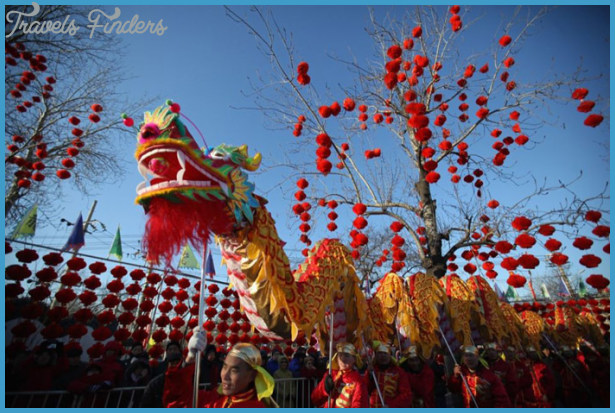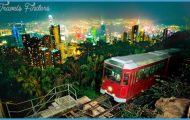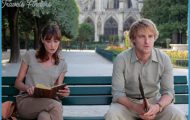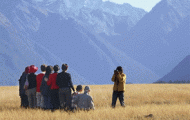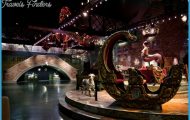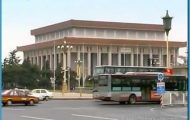To the north-east of the city rises the mountain range of the White Clouds with more than thirty peaks, the highest of which, The Peak Which Touches the Stars (Moxing Ling), reaches a height of 382m/1253ft. Of the many picturesque places to be found in the mountains, mention should be made of the 2000-year-old Nine Dragons Spring (Jiulong Quan), the tomb of Zhang Erqiao, a famous singer of the Ming period, and the Villa of the Waves in the Sea of Pines (Songtao Bieyuan).
The Conghua Wenquan thermal springs are to be found in the spa resort of the same name, 80km/50 miles north-east of Canton. The spa comprises a dozen calcium, magnesium and natrium springs, as well as several thermal baths, extending over an area of some 10sq.km/4sq.miles. The water temperatures range from 50° to 70°C (122°-158°F). The resort also has a large number of sanatoria, hotels and boarding houses.
The house in which Sun-Yat-sen (see Famous People) was born in 1866 is situated in the village of Cuiheng (Zhongshan district), about 100km/ 62 miles south of Canton. It still has the original furniture. In a neighbouring building there is a museum commemorating the founder of the first Chinese republic.
Altitude: 200m/656ft. Area: 1116sq.km/430sq. miles Population: 1,810,000 (conurbation 5,960,000)
Changchun lies on the banks ofthe Yitonghe river, at 125°19’E and 43°52’N. There are rail and air links with Beijing.
Changchun (“Eternal Spring”) is known as “Automobile City” (Volkswagen), because the first Chinese motor car factory was founded here in 1953. Its universities and research institutes also play an important role, as do its film studios.
Changchun is still a relatively young town, having been founded in the 18th c. Following the construction of the Chinese rail network in the first half ofthe 20th c. it developed into a focal point for traffic in Inner Mongolia and to North Korea. Between 1933 and 1945 Changchun, as the capital of the Japanese-controlled state, was named Mandchukuo Xinjing (“New Capital”). Puyi, the last of the Qing emperors, was crowned state emperor here in 1934.
The Provincial Museum is housed in the former Imperial Palace (Weiman Huanggong) in the north-east of the town. This magnificent edifice covers an area of 43,OOOsq.m/47,OOOsq.yd. The various buildings form two complexes: the inner one served as Puyi’s private residence, while the outer was used for official purposes only.
The following sections of the palace are of special historical interest: the Palace of Study and Kindness (Jixu Lou), where the Emperor’s bedchamber, study, bathroom and prayer-hall are well preserved; the Palace of Diligence and Love of the People (Qingmin Lou), in which Puyi was crowned ruler ofthe state of Manchuria; the Palace of Longing for Distant Lands (Huaiyuan Lou), used for banqueting, and finally the Hall of Common Virtue (Tongde Dian), where the Emperor received his relatives.
Several departments of the present museum house permanent or temporary exhibitions; items on display include provincial archaeological finds, old paintings and calligraphic documents.
Film town Changchun’s well-known film studios lie on Hongqi Jie. Here visitors can see reproductions of streets, shops and other Beijing buildings. Genuine and fake jewellery, furniture and clothing of all kinds are housed in the props store. In the special effects hall visitors are shown some of the tricks employed in filming.

